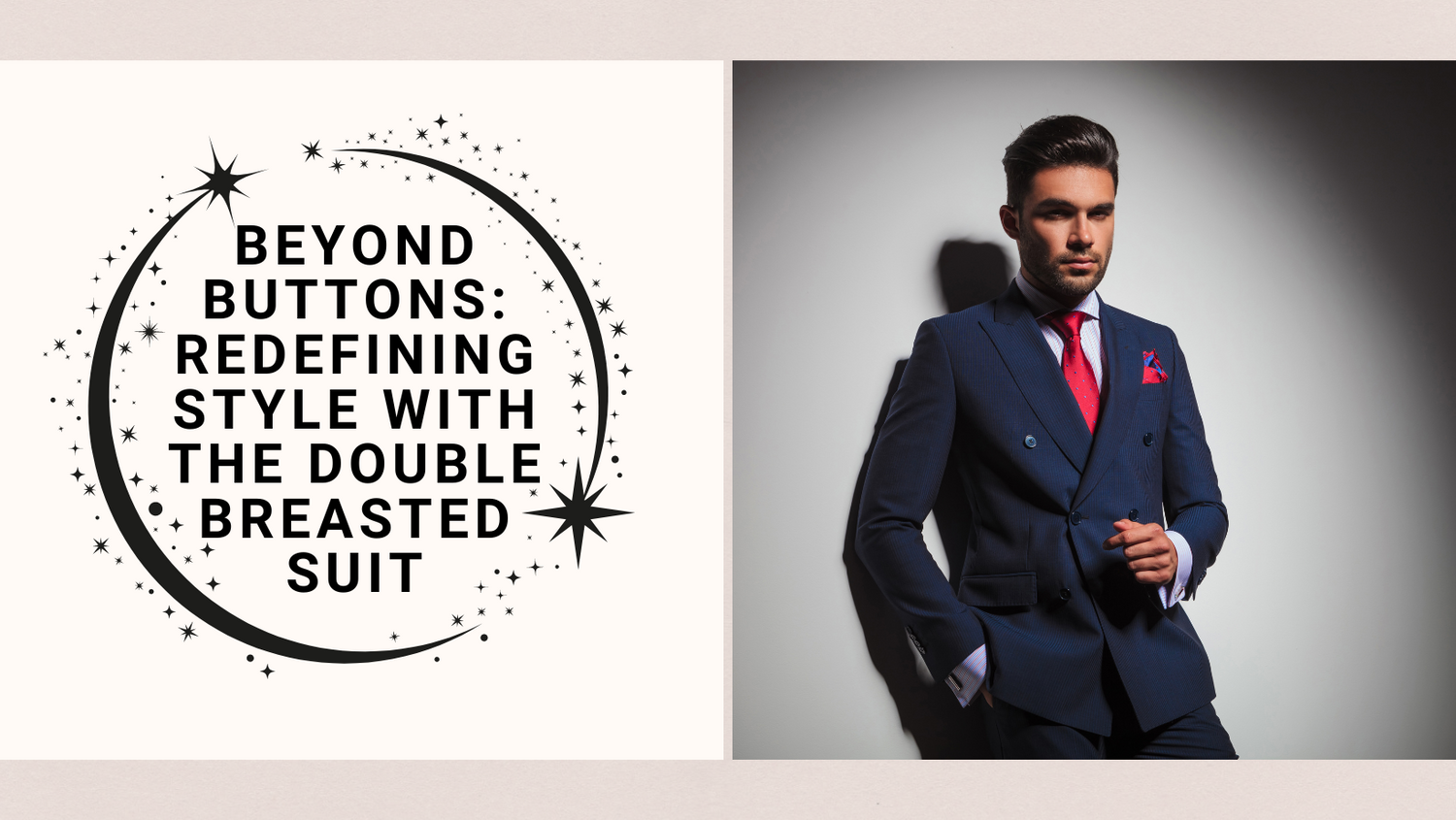
As the history of men's suits evolved, so too did the details and features of the suit. In the early days, suits were made from heavy, durable fabrics such as wool and tweed. However, as technology and manufacturing techniques improved, lighter fabrics such as linen and cotton were introduced, making suits more comfortable and practical to wear in warmer climates.
During the 1920s, the "flapper" style introduced new features such as the double-breasted jacket and the three-piece suit. The double-breasted jacket became particularly popular, providing a more formal and elegant look. The three-piece suit, consisting of a jacket, waistcoat, and trousers, was also popular during this time and remained so until the 1950s.
The 1930s saw a return to a more conservative style, with single-breasted jackets and narrow lapels. The Great Depression had a significant impact on men's fashion, with many men opting for more practical and affordable suits. As a result, suits became more streamlined and understated, with fewer embellishments and details.
The 1940s brought about a more utilitarian style, with suits featuring practical details such as patch pockets and half-belts. World War II had a significant impact on men's fashion, with many men wearing military-inspired clothing. Suits became more functional and durable, with practical features such as shoulder straps and cuff tabs.
In the 1950s and 1960s, suits became slimmer and more form-fitting, with narrow lapels and tapered trousers. This was a departure from the boxy, conservative styles of the previous decades. The "Mod" style of the 1960s introduced brightly colored suits and bold patterns such as checks and stripes. This was a time of experimentation and freedom in fashion, with men embracing bolder and more unconventional styles.
In the 1970s, the disco era saw suits featuring wide lapels, bold colors, and textured fabrics. This was a time of excess and extravagance in fashion, with men embracing flamboyant styles and materials. Polyester was a popular fabric during this time, providing a shiny and flashy look.
The 1980s were known for power dressing, with suits featuring strong, broad shoulders and double-breasted jackets. This was a time of confidence and assertiveness in fashion, with men embracing bold and assertive styles. Accessories such as suspenders, pocket squares, and colorful ties were popular, providing a pop of color and personality.
The 1990s saw a return to more classic and understated styles, with a focus on quality fabrics and craftsmanship. This was a time of minimalism and simplicity in fashion, with men embracing classic and timeless styles. Suits were more streamlined and fitted, with fewer embellishments and details.
Today, men's suits continue to evolve and adapt to suit modern tastes and lifestyles. Slim-fit suits with shorter jackets and narrow lapels are popular, as are suits made from lightweight, breathable fabrics such as linen and cotton. Designers are experimenting with bold colors and patterns, and custom-tailored suits are becoming more popular.
In addition to the style and fabric of the suit, other details such as buttons, pockets, and cuffs can also vary. For example, a double-breasted suit may feature four, six, or eight buttons, while a single-breasted suit may have one, two, or three buttons. The number and placement of pockets can also vary, as can the type of cuffs.
In conclusion, the history of men's suits is a rich and fascinating journey through the evolution of men's fashion. From heavy, durable fabrics to lightweight, breathable materials, from conservative styles to bold and flamboyant designs, men's suits have adapted and changed to suit the times. Whether you prefer a classic, timeless style or a contemporary, cutting-edge look, there is a men's suit for every taste and occasion.





